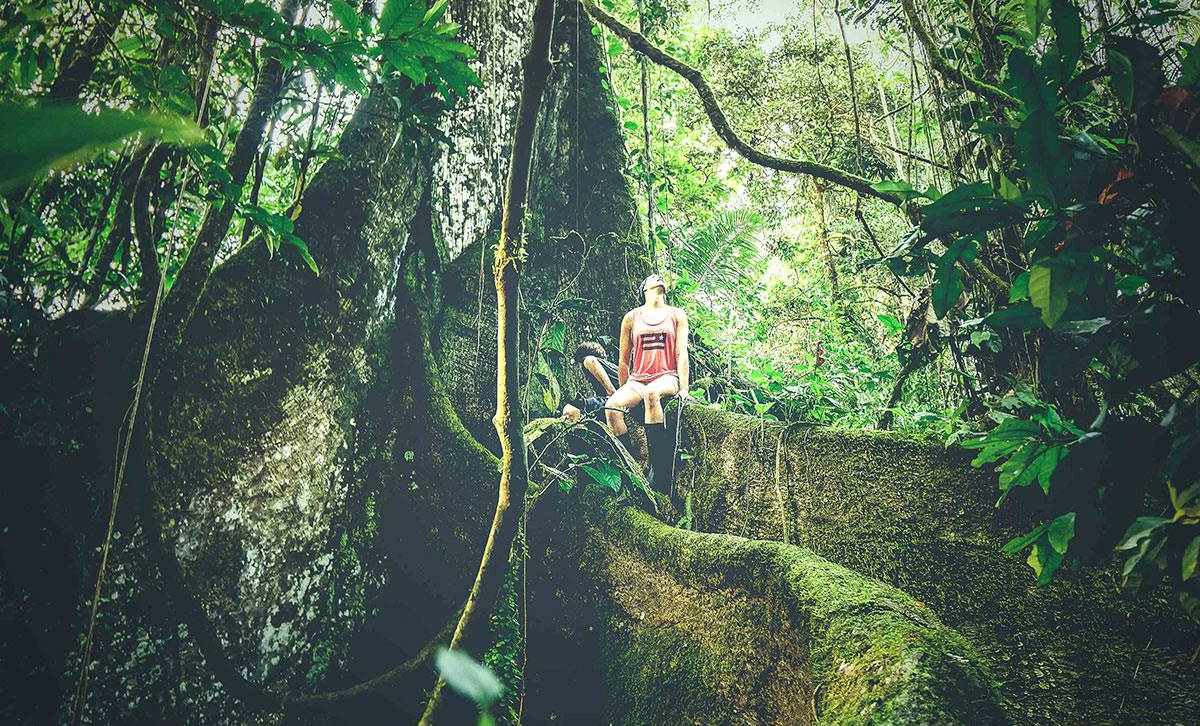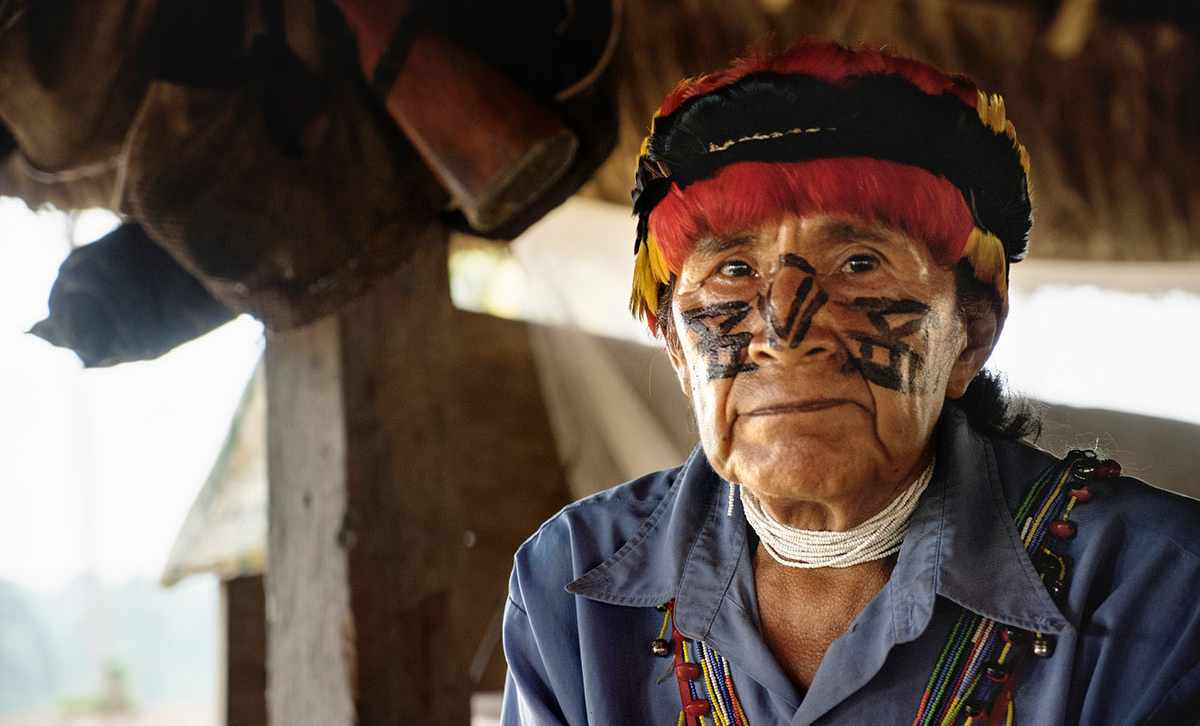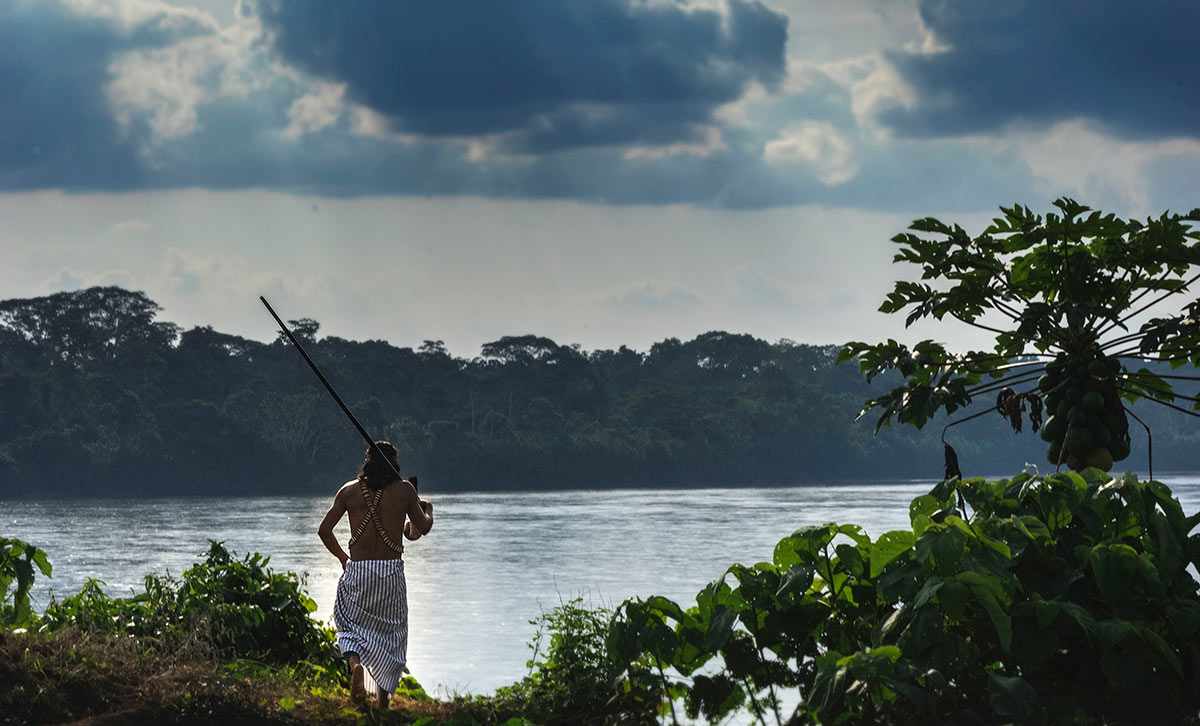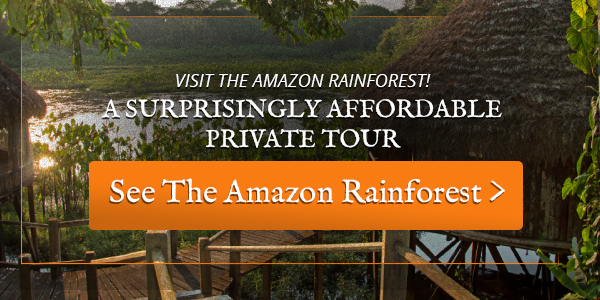Environmental History: Back to the Rainforest
“Save the Rainforest” was a movement so prevalent in the 1990’s that T Shirts, posters, concerts and many parts of pop culture took on the cause. The emotional plea was to leave the vast expanse of flora and fauna in South America in peace so every tree could provide oxygen for our planet and shelter for the unique creatures within the forest. Corporations and governments were intent on deforesting the sea of green for another form of green, and the postmodern environmentalists of the 1990’s were there to protest. Eventually the phrase “Save the Rainforest” became a distant cry and the Rainforest soldiers faded into the past. The continued destruction of this life-preserving environ did not fade, however.
From Deforestation to Climate Change, Urgent Action Needed to Save Our Planet
Over the next decades our cultural focus has shifted away from this campaign, and toward others, like the organic agricultural movement and eventually the infamous Global Warming, or Climate Change. Climate Change certainly encompasses the importance of fighting deforestation in areas such as the Amazon Rainforest, but with the movement being so politicized (especially in the United States) little is being done to eliminate the need for our present dependencies–many of which will make our home uninhabitable very soon.
China was recently granted access to drill for oil in the Ecuadorian rainforest, by the Ecuadorian government. Not only will the fauna and flora be affected, but the indigenous groups that reside in the Ecuadorian Rainforest will undoubtedly be affected and much of their home destroyed. Jaime Vargas, the President of the Achuar Nation, spoke out against the trade deal and called upon whoever saw his emotional plea to oppose this deal. Pope Francis responded to Jaime’s plea to condemn the trade deal calling for more protection of the rainforest and Jaime’s people. But where are the passionate Save the Rainforest campaigners of the 1990’s? And, now that other environmental movements have gained traction all around the world what does the “Save the Rainforest” campaign mean today?

Hiking through Amazonia
The Amazon: Earth’s Critical Lifeline in the Fight Against Climate Change
The Amazon Rainforest’s size, scope, and density is unfathomable to most of the world and is critical to our planet’s health. Scientists proclaim this vast wilderness is the lungs of the world. Trees perform the important task of absorbing and producing carbon dioxide, and the staggering number that grow in the Amazon is a critical feature of our planet. The Amazon Rainforest accounts for around 10% of the Earth’s terrestrial carbon stores. Aside from being home to an array of plants and animals (scientists estimate we have only discovered about 1/4), the Amazon Rainforest does the world some very important favors by balancing the earth’s temperature. All forests play critical roles in stabilizing the climate of the planet. The Amazon Rainforest is essentially a highly consolidated and therefore highly valuable resource in climate control. Worldwide, dense areas of trees absorb up 2.4 billion metric tons of carbon each year. The Amazonia accounts for 25% of the carbon sequestered by forests, yet only occupies about 2% of the earth’s surface. However, due to the accelerated amount of carbon emissions being released into the atmosphere over the past 3 decades, trees are growing more rapidly increasing their lifecycle and metabolic rate. This means trees cannot process carbon as efficiently and effectively as they did in the past when there was not an overload of carbon dioxide in the atmosphere.
It is home to incredible animals found nowhere else in the world. All of them depend on the intricate complexities of the rainforest to survive. The exotic land animals living in the Amazon Rainforest include the giant river otter, mantled red howler monkey, colorful macaws, the pygmy marmoset, jaguars and three-toed sloths, just to name a few. Equally wonderful creatures live in the mighty Amazon River and its many tributaries: the Amazon Pink River Dolphin, loggerhead turtle species, eel and even river manatees. Many are endangered, and if we lose the Amazon Rainforest, we lose these animals. Of course, this loss of biodiversity would happen piecemeal, as one species goes extinct, other species that depend on them also dwindle as a result. And indeed, because many plants depend on animals for maintaining stasis by eating competing plants, dispersing seeds and more, the loss of any species would echo throughout the Amazon.

An Achuar Shaman
The Achuar and Indigenous Communities Protecting Rainforest Heritage
Amidst the dense forests and spectacular creatures of Amazonia, are its cloistered protectors–the indigenous persons. They move with the heartbeat and breath of their environ in a way that does not resonate with its visitors, even the habitués. Of note is the indigenous nation that was mentioned earlier, the Achuar. In Ecuador and some of Peru’s rainforest, the Achuar live in extreme isolation in an area considered “terra incognita” until the late 1960s. Communities in the Ecuadorian Amazon Rainforest, like the Achuar, have stewarded this environment for centuries and depend on it for food and resources.
With a unified position against resource extraction, they keep the territory free of highways, oil, timber and mining by successfully attaining a revenue source in the Gondwana founder and guide, Jared Sternberg, lived with the Achuar and published a chapter in “Tourism in the Green Economy,” using the Achuar’s ecolodge as a case study and alternative way to utilize the Rainforest–for visiting. The Ecuadorian Amazon is home to 9 distinct ethnic and cultural groups. As outside forces create changes, it affects their heritage, languages and way of life. Altering their region and culture would be a dire humanitarian crisis. The grassroots yet global Save the Rainforest movement of the late 1990s drew national attention as environmentalists recognized how deforestation in the Amazon Rainforest could impact our earth’s oxygen supply and the sensitive ecosystems that depend on its natural resources. Shifting focus from the Save the Rainforest campaign to the Climate Change issue of the 2000s turned an environmental advocacy campaign into a massive political battle, which is still going on today.
As deforestation continues and since the trade agreement between China and Ecuador, many would think the same strong sentiment about the Amazon Rainforest in the 90’s would resurface. Many think that celebrity superstars, such as Leonardo Dicaprio, should galvanize animal and environmental sympathisers all over the globe to condemn the exploitation of the Amazon like he did for the Arctic and Virunga Mountains if companies were allowed to search for oil. It seems, though, the responsibility to protect the world’s largest Eden is in the hands of its inhabitants.From Preservation to Prosperity: Indigenous Enterprises Lead Charge to Save Amazon
Having nothing more to fight these companies with than an inherent appreciation of their home, indigenous groups are fighting back with responsible tourism. The goal is to emerge onto the 21st century global economy as a relevant and competitive product to essentially “buy out” the Amazon from these large natural resource companies. Appreciation and awareness leads to protection, and indigenous groups through enterprises, such as the Kapawi Ecolodge, hope to conjure these notions.
Because of Jared Sternberg’s moving experience living with the Ecuadorian Achuar people, he developed a unique travel experience to the Kapawi Ecolodge to assist the Achuar’s cause. Travelers have the opportunity to have the ultimate wildlife specialists take them around their highway, grocery store and pharmacy. Tourists have a crash course in the Achuar way of life. They come away from their experience with a deep appreciation of nature and Amazonia. Hopefully, that will bring that once spirited movement (Save the Rainforest) to protect this amazing space and all that lives freely in it to the surface again, and shed light on the need to protect other sensitive biomes as well. Focusing on specific environmental advocacy movements perhaps would be a more achievable and successful way to combat global warming–relentlessly defending delicate parts of the world and keeping fossil fuels in those places in the ground eventually granting no company permission to drill anywhere. Perhaps the world can begin to proclaim, Save the Rainforest–Again, and move towards an environmentally conscientious global community.
To learn about how you can contribute to the cause, learn about Gondwana’s Amazonian Trip.
Learn more about carbon neutral tours and vacations! Discover how eco-friendly practices are integrated into each aspect of the travel experience, from accommodations to transportation.

Overlooking the river in the Amazon Rainforest



